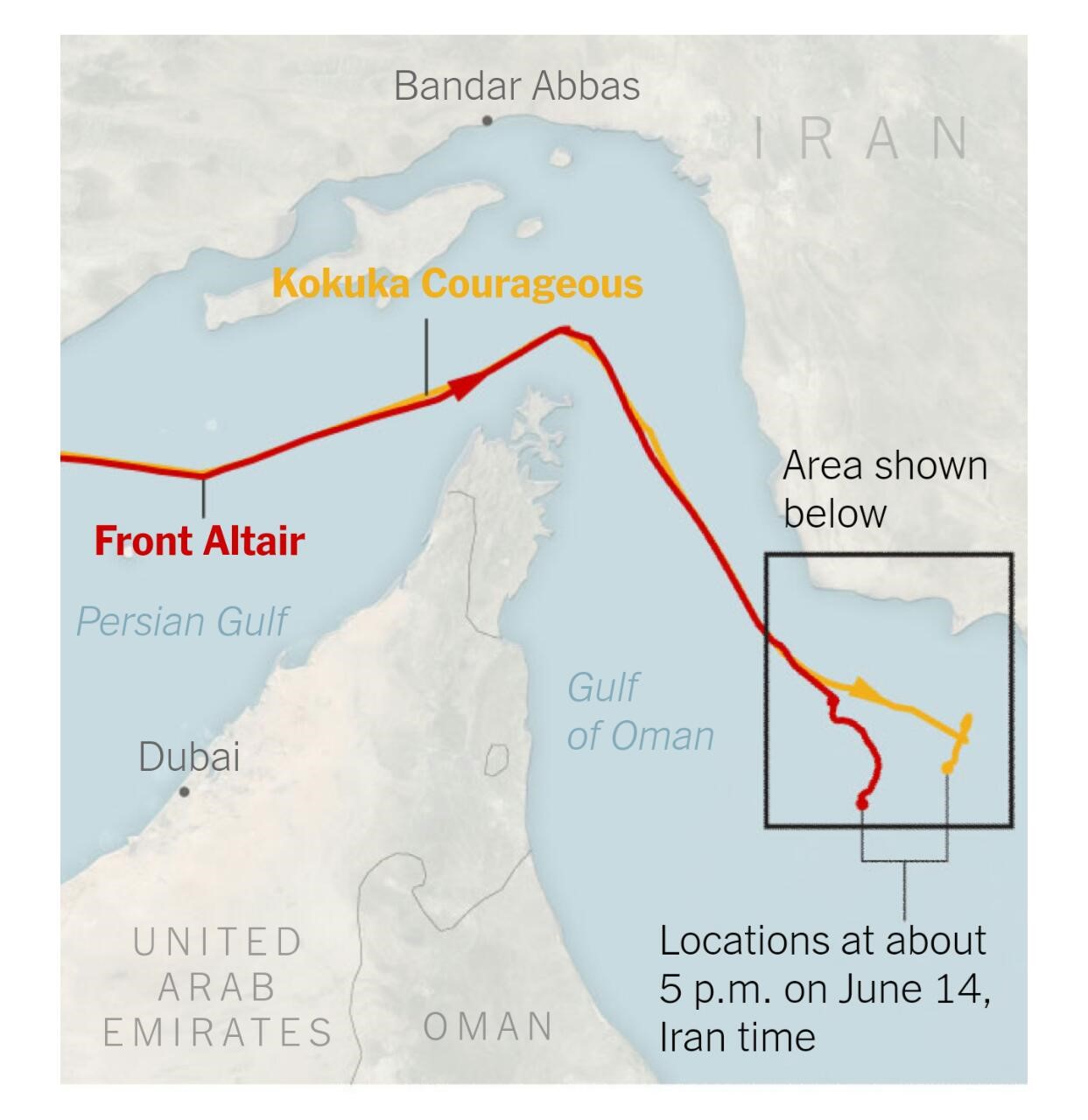Whichever way you look at it, trade shows can be as challenging as they can be rewarding. Trade shows are extremely unique business environments in that each business in attendance has not only a very small space, but also very limited time within which to win over potential clients and customers. What’s more, there is really no other instance when and where a business is surrounded by so many other businesses all looking to win over the same target audience.
All of the above breeds a ferociously competitive environment and one in which some will flourish and others will flounder. In terms of being part of the former group and avoiding the latter at all costs, much of it comes down to little more than the display stands you used to advertise your brand. They may seem like insignificant sheets of material and metal poles, but without these there isn’t a chance in hell that anyone would even pay you a second glance.

So from the minds of the experts who live and breathe trade shows, here’s a quick look at the five most important rules of all for creating effective display stands for trade shows and business events:
Left to Right, Top to Bottom
Right off the bat, never forget that the human eye, at least in most western nations, is trained to read from left to right and from top to bottom. This is something that should be incorporated into the design of each and every one of your banners as this will determine what information you position where. For example, the most important bits of information like your brand name, your slogan and indeed your logo should be positioned where they will be picked up and taken in above and beyond all information. This then moves onto secondary information and finally any other information that is of less immediate significance.
Tease Them, Lead Them
What’s important to remember when designing your banners is the fact that you are not looking to communicate your life story or to tell them literally everything they need to know. Instead, you are looking to capture their attention, gain their interest and make them want to find out more. The fact that you have such little space to work with ofcourse makes this a challenge, but this is nonetheless the primary goal of such marketing materials. Give them a brief introduction to what it is you are offering, something of a teaser, and show them where they need to go next in order to find out more.
Keep it Relevant and Apt
It is technically pretty easy to come up with a display stand that is 100% impossible to ignore and guaranteed to capture the eye. A few bright pink posters with glitter all over the place should do the trick quite nicely, but this is hardly appropriate if your business happens to specialise in funeral arrangements. It may sound like a pretty over the top example, but nonetheless illustrates the importance of making sure your banners and signs are relevant and appropriate for your business. Going in a completely bizarre direction just for the sake of gaining attention in the first place will rarely lead to any great success.
Avoid Unbroken Text
One of the very worst things anyone can do when creating banners for any purpose is to fill the whole thing top to bottom with nothing but unbroken text. As already touched upon, the thing to remember here is that you are looking to grab their attention and make them want to come for a closer look. This therefore means using things like headlines, tag lines, images and other examples of media that are far more attractive than unbroken text. There will be a time and place for you to reel off as much information as you like, but this is most certainly not it.
Quality Hardware, Design and Printing
Last but not least, the quality of the hardware you choose and indeed the quality level at which the banners and posters are printed will speak volumes for you as a brand. If you use low resolution images that look as if they were printed at home with no real effort or display your images using hardware that is clearly bargain-basement and barely fit for purpose, you will have an extremely difficult job winning over your target audience and being taken seriously as a brand. It is far better to invest in quality hardware, design and printing in the first place in order to set yourself up with solid gear to last for the long-term.


























Find Us on Social Media
A MarTech - Marketing and Technology Blog